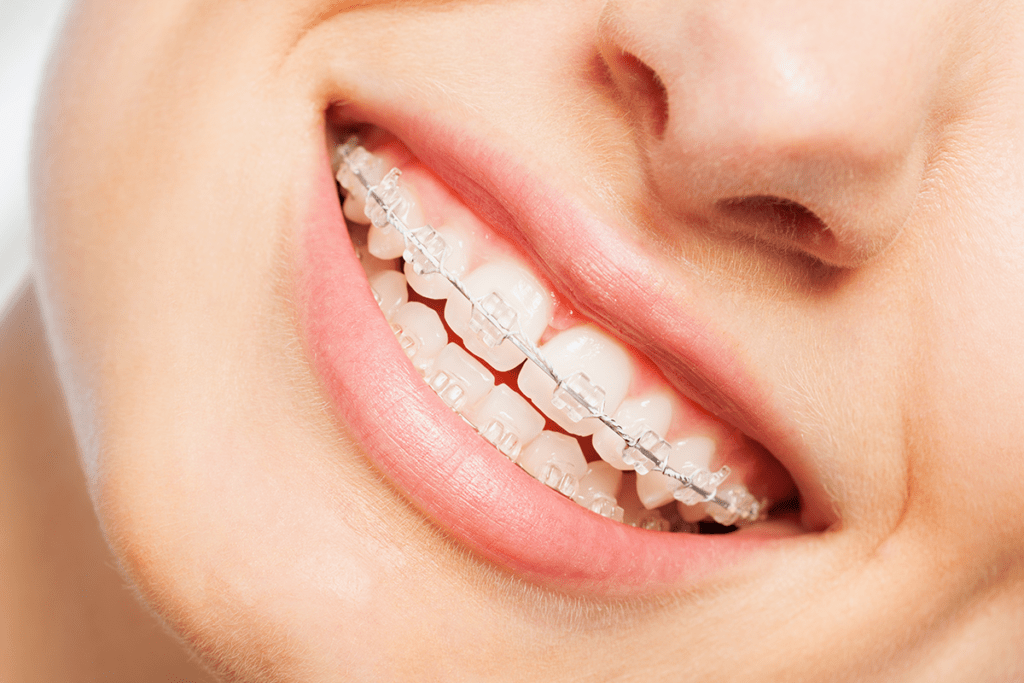Dental braces are used to correct teeth that are either crowded or crooked. They are also used when there is a tooth or jaw misalignment. This occurs either due to an injury, early or late tooth loss, thumbsucking or as an inherited condition. Children and adults wear braces to correct some of the following conditions:
- Teeth that are overcrowded or crooked
- Too much spacing between teeth
- An overbite, where the upper teeth overlap the lower teeth
- An underbite, where the upper teeth are behind the lower teeth
- An uneven bite due to jaw misalignment
If you have a bite that’s abnormal, your dentist may suggest braces or an orthodontic treatment that can straighten out your smile. By not correcting an abnormal bite, it can result in you developing other oral health problems, which include:
- Tooth decay
- Gum disease
- Loss of teeth
- Speech problems
- Problems with chewing
- Jaw issues
- Loss of tooth enamel
Your teeth can be straightened several different ways depending on your options presented to you by your dentist. Orthodontic treatment relies on brackets, bands, and wires to apply pressure on your teeth to move them into position. Your dentist will develop a treatment plan, based on the complexity of your condition. Typically, once your braces are removed you will need to wear a removable retainer so that your teeth are held in place.

While wearing your braces, it’s important that you maintain a balanced diet and not eat too many sugary foods that can cause plaque to build up around the brackets of your braces.This could lead to permanent staining on your teeth as well as tooth decay. Ask your dentist about the foods you should avoid while you are in treatment so that you can have a beautiful and healthy smile after your braces are removed.